Cars have come a long way from their humble beginnings. Today, they’re not just machines that take you from point A to point B; they’re intelligent systems filled with technology designed to make driving safer, more convenient, and, quite frankly, more fun. But even the most tech-savvy drivers might be surprised by the hidden car features in their vehicles.
Modern cars have tools and functionalities many owners overlook, from assisting with parking to recording crucial data. Buckle up as we uncover some of the most fascinating and underutilized hidden car features you never knew existed.
Automatic Parking Assist
Ever feel your palms sweat while parallel parking on a busy street? Enter Automatic Parking Assist, a lifesaver for nervous parkers and seasoned drivers alike.
What It Is and How It Works
Automatic Parking Assist uses sensors and cameras to identify suitable parking spaces. Once activated, your car takes over the parking process entirely. The steering wheel moves on its own, precisely navigating your vehicle into the spot, while you control only the brake and accelerator (or sometimes not even that).
Benefits of Automatic Parking Assist
- Eliminates the stress of parking: Forget the dreaded gasps of onlookers as you struggle with tight spaces.
- Reduces accidents: The sensors work to avoid curbs, bumpers, or even pedestrians.
- Saves time: Say goodbye to multiple tries when squeezing into tiny spots.
Many car owners are unaware that this feature exists in their vehicles or don’t realize how much easier it could make their lives. Popular models offering automatic parking assistance include the Tesla Model 3, Ford Escape, and BMW X5. Next time you’re in a stressful parking situation, check your vehicle’s manual to see if it includes this nifty feature.
Adaptive Cruise Control
Regular cruise control is excellent, but Adaptive Cruise Control (ACC) takes things up a notch, making highway drives smoother and significantly safer.
How Adaptive Cruise Control Works
ACC uses radar, sensors, and cameras to monitor the traffic in front of you. Unlike traditional cruise control, which maintains a steady speed, ACC adjusts your car’s speed based on the vehicles ahead. If the car in front slows down, your car will reduce speed to maintain a safe following distance. When traffic clears, it will accelerate back to the preset speed.
Benefits of Adaptive Cruise Control
- Enhanced safety: Helps prevent rear-end collisions on congested highways.
- Reduced driver fatigue: Long road trips become less stressful since the car handles speed adjustments for you.
- Comfort and convenience: No more having to hit the brakes and reset cruise control every time traffic changes.
ACC is widely available in newer vehicles like the Toyota Camry, Subaru Outback, and Volvo XC60. If you regularly drive on highways, this hidden feature might become your best friend.
Gesture Control
Ever thought you could manage your car like a superhero, controlling its features with just a wave of your hand? Gesture Control makes that a reality.
What is Gesture Control?
Gesture Control lets drivers operate certain car functions using predefined hand gestures. With cameras tracking your hand movements, you can adjust the volume, answer calls, or navigate menus on the infotainment screen.
What Makes Gesture Control Great
- Hands-free convenience: Keep your eyes on the road while changing settings effortlessly.
- Reduces distractions: Avoid fumbling with buttons and knobs.
- Modern cool factor: It’s like merging driving with future-tech wizardry.
Brands like BMW and Mercedes-Benz have embraced this feature, with models like the BMW 5 Series allowing drivers to perform motions like swiping in mid-air to skip songs or rotating a finger to adjust the stereo volume. Gesture Control might seem like a slight touch, but it’s a game-changer for tech-savvy drivers.
Black Box Data Recording
You may associate “black boxes” with aeroplanes, but did you know that many modern cars have their version? Known as Event Data Recorders (EDRs), these hidden car features collect and store critical data about your vehicle.
How Does It Work?
The EDR constantly captures information such as speed, braking, seatbelt usage, and airbag deployment. Think of it as your car’s memory card, designed to retain data in the event of a crash.
Why Is This Feature Useful?
- Accident investigation: Offers valuable information to help authorities understand what happened.
- Insurance claims: Simplifies the process with reliable, unbiased data.
- Driving insights: Some EDRs provide feedback on your driving habits, potentially saving you from harmful practices.
It’s worth noting that while most EDRs are passive features (you won’t even notice they’re there), the data can be incredibly useful when it counts. Brands such as General Motors, Ford, and Toyota include EDRs in many newer vehicles.
Find Hidden Gems in Your Car
Feeling inspired to dig deeper into your car’s functionality? These hidden car features are only the tip of the iceberg regarding modern automotive technology. Your vehicle likely has many hidden talents waiting for you to explore and use.
Discover Your Car’s Full Potential
Check your car’s manual or visit the manufacturer’s website for comprehensive guides on the features built into your specific model. Need expert advice on which car innovations suit your driving style? Don’t hesitate to leap forward with new tools designed to make your driving experience better, safer, and more fun.
By taking full advantage of these hidden car features, you can elevate your day-to-day driving and enjoy the true potential of your vehicle. Whether it’s through mastering the art of a perfectly parked car or enjoying a safer, tech-enhanced commute, the possibilities are endless.
Frequently Asked Questions About Hidden Car Features
Q.1 What is the benefit of adaptive cruise control (ACC)?
Ans. Adaptive cruise control automatically adjusts your car’s speed to maintain a safe distance from the vehicle ahead, enhancing convenience and safety during long drives.
Q.2 How do I use the lane-keeping assist feature?
Ans. Lane-keeping assist helps gently steer your car back into the lane if it detects unintentional drifting. Ensure the system is activated and will work alongside your driving.
Q.3 Can I connect my smartphone to my car’s infotainment system?
Ans. Most modern cars support smartphone integration through systems like Apple CarPlay or Android Auto, enabling access to apps, navigation, and media.
Q.4 What is a blind-spot monitoring system?
Ans. This system uses sensors to detect vehicles in your blind spots and provides visual or audio alerts to prevent unsafe lane changes.
Q.5 Are parking assist systems reliable?
Ans. Parking assist systems, including cameras and sensors, are reliable for guiding you into tight spots, though caution should still be exercised.
Q.6 How does automatic emergency braking work?
Ans. Automatic emergency braking detects potential collisions and applies the brakes automatically to reduce impact or prevent an accident.
Q.7 Can I turn off features like traction control or stability control?
Ans. Yes, most cars allow you to deactivate these features, but they’re best left on for enhanced safety, especially in challenging road conditions.
Q.8 What is the difference between hybrid and electric cars?
Ans. Hybrid cars use an internal combustion engine and an electric motor, whereas electric vehicles run solely on battery power.
Q.9 How do I know if my car has a remote start?
Ans. Check your car’s manual, key fob, or mobile app. Remote start is typically labelled as a specific button or feature in the manual.
Q.10 Is it worth using voice control in my car?
Ans. Yes, voice control allows hands-free convenience to control navigation, music, and calls, helping you stay focused on driving.
Q.11 What is a head-up display (HUD)?
Ans. A head-up display projects essential driving information onto the windshield, such as speed and navigation, so that you can keep your eyes on the road.
Q.12 How does climate control work in modern cars?
Ans. Climate control systems automatically maintain your preferred temperature inside the car by adjusting heating, cooling, and airflow.
Q.13 Do all cars have a tire pressure monitoring system (TPMS)?
Ans. Most modern cars have TPMS to alert you when tire pressure is too low, improving safety and efficiency.
Q.14 How can I update my car’s navigation system?
Ans. Updates can be done via USB, SD card, or over-the-air downloads by checking your manufacturer’s website or app for instructions.
Q.15 What is the purpose of drive modes like Eco, Sport, and Comfort?
Ans. Drive modes adjust the car’s performance settings for different scenarios. For example, Eco mode focuses on fuel efficiency, while Sport mode enhances acceleration and responsiveness.
You may read this: Save Big with DIY Fixes for Common Car Problems






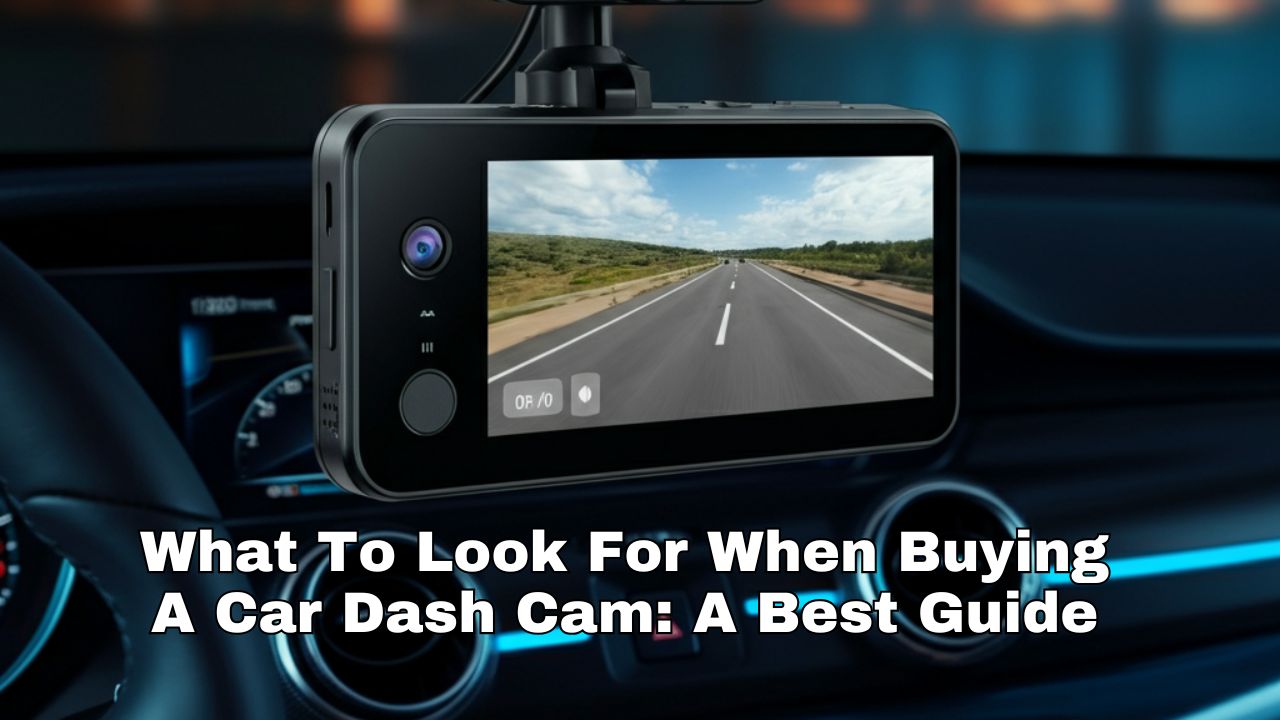
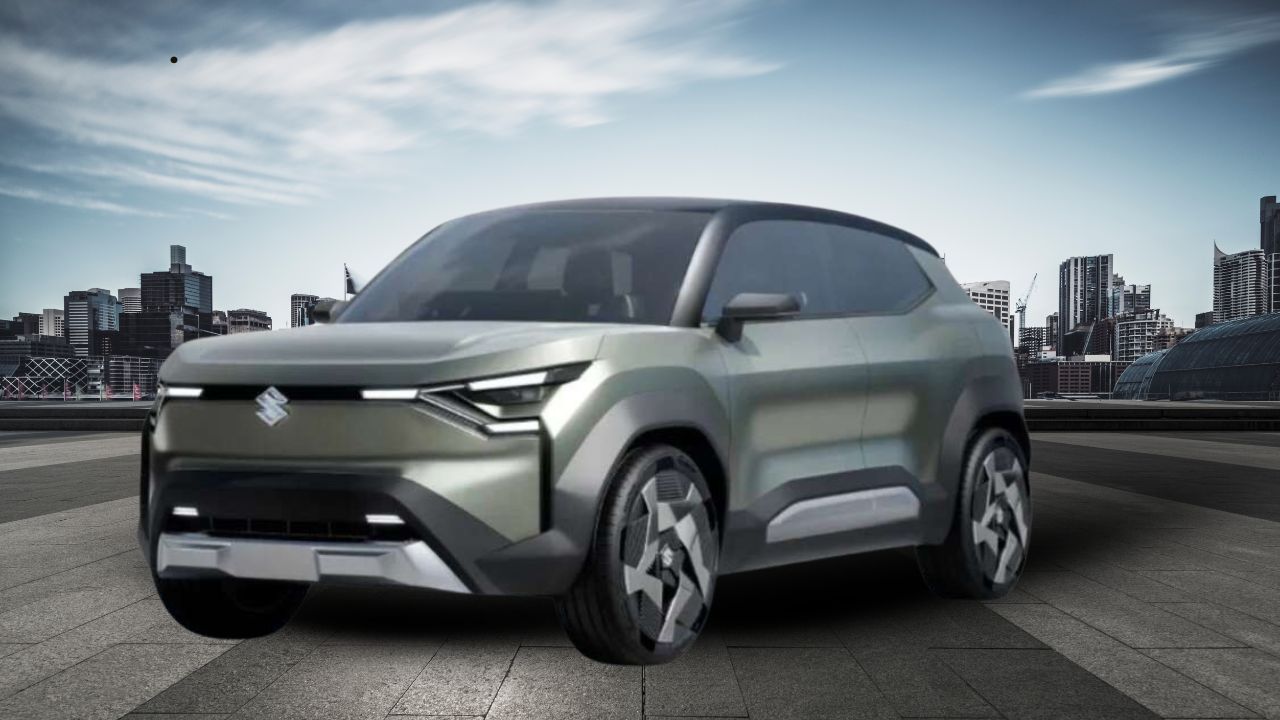
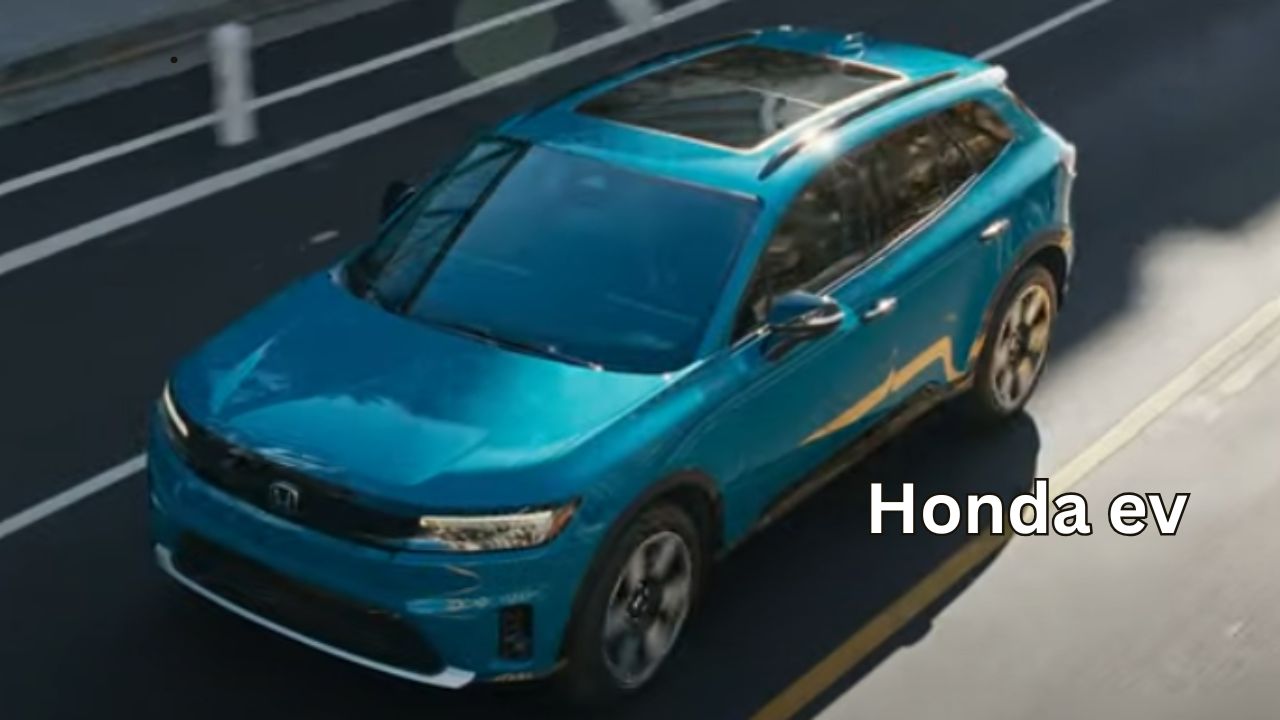


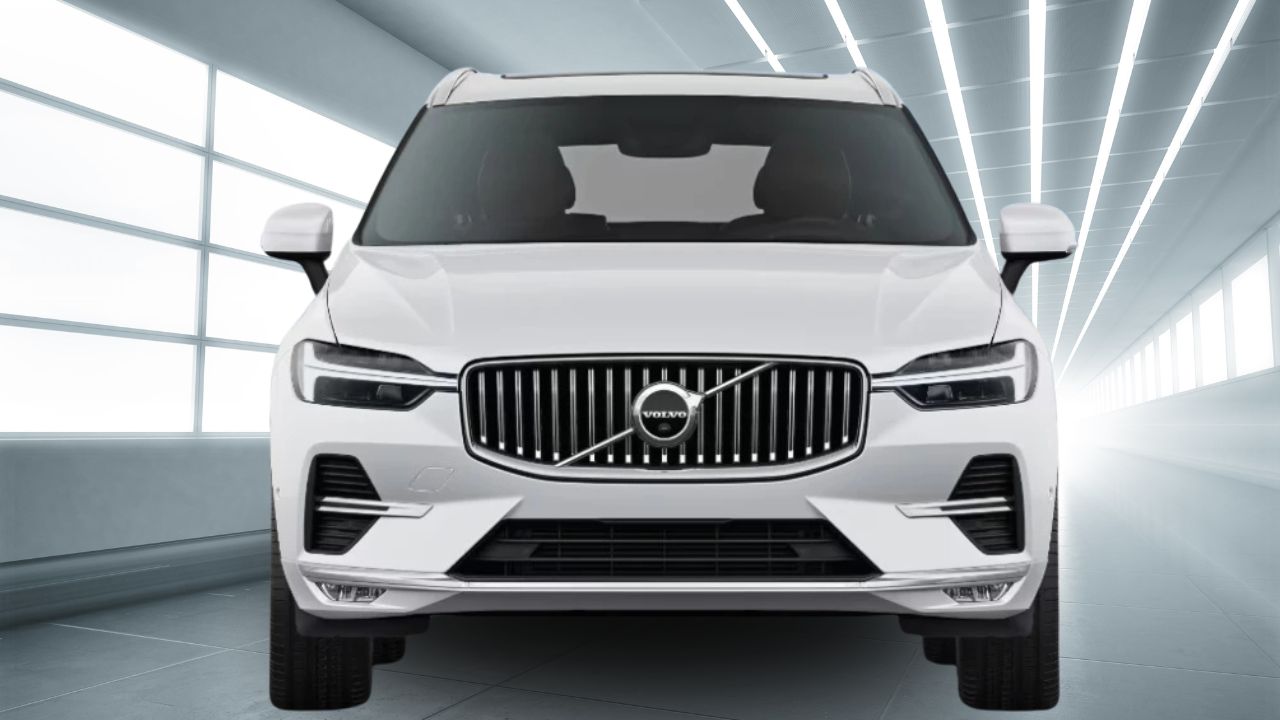

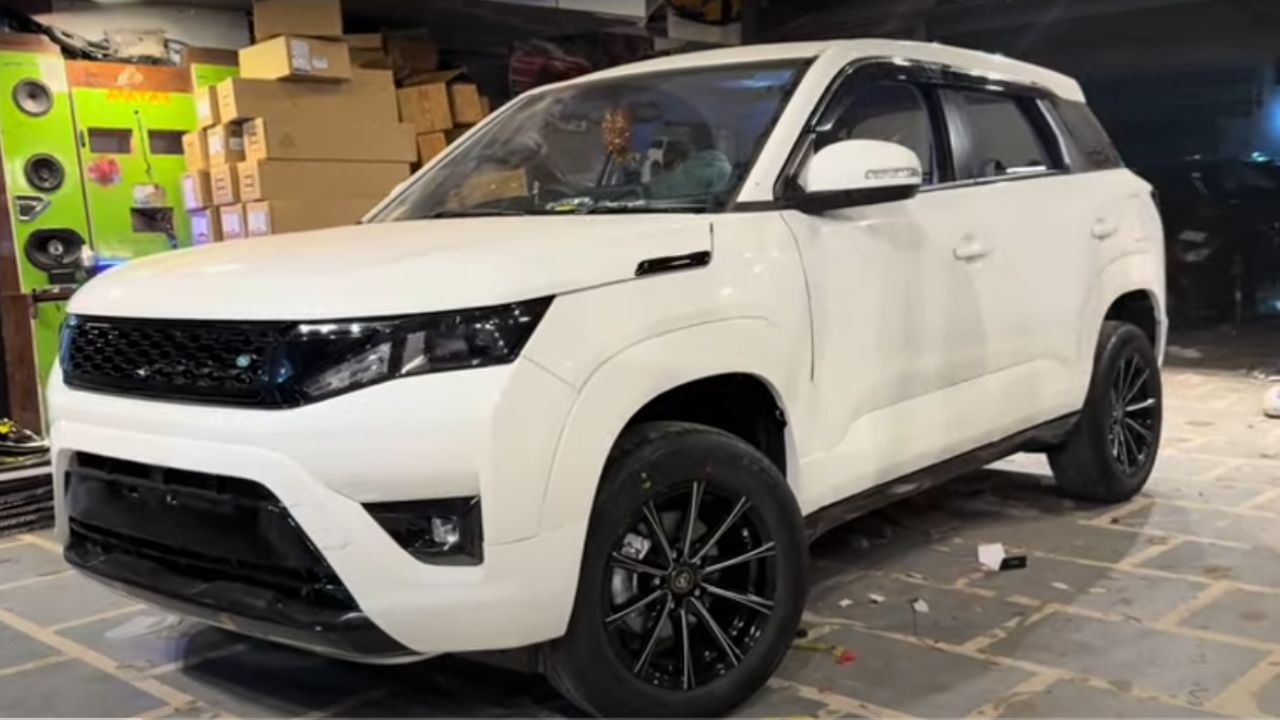


1 thought on “Hidden Car Features You Never Knew Existed”